Costa Rica is a wildlife enthusiast’s dream destination, offering an unparalleled diversity of animals in its lush rainforests, pristine beaches, and misty cloud forests. With more than 500,000 species, this small Central American country houses 5% of the world’s biodiversity, making it a hotspot for eco-tourism and nature lovers.
If you’re planning to visit, you might be wondering: What are the most iconic animals in Costa Rica? Let’s dive into the fascinating wildlife you simply can’t miss.
1. Sloths
No trip to Costa Rica is complete without spotting a sloth. These fascinating creatures have captured the hearts of visitors worldwide, symbolizing the relaxed, carefree lifestyle of the country. Sloths spend most of their lives hanging upside down in the trees, moving only when absolutely necessary. Their leisurely pace helps them conserve energy and avoid detection by predators.
Costa Rica is home to two types of sloths: the three-toed sloth, known for its gentle demeanor, and the two-toed sloth, slightly larger and more nocturnal. Beyond their adorable appearance, sloths play an important role in the ecosystem, hosting entire mini-ecosystems in their fur, including algae and moths. These unique creatures are a must-see for any wildlife enthusiast visiting Costa Rica.
- Where to see them: Visit national parks like Manuel Antonio, Tortuguero, and the Monteverde Cloud Forest.
- Fun fact: Sloths descend from their treetops only once a week to defecate, a behavior that still puzzles scientists.

2. Toucans
The keel-billed toucan, often called the “rainbow bird,” is a true emblem of Costa Rica’s tropical beauty. Its large, colorful bill isn’t just for show; it’s a tool for reaching fruit in hard-to-access areas and for socializing with other toucans. These birds are incredibly vocal, their croaking calls often echoing through the jungle canopy.
Toucans are a favorite among birdwatchers and photographers due to their striking appearance and active behavior. Observing them in their natural habitat, hopping from branch to branch or basking in the sunlight, is an unforgettable experience. Beyond their beauty, toucans play a crucial role in seed dispersal, helping maintain the lush greenery of Costa Rica’s forests.
- Where to see them: The Osa Peninsula, Arenal Volcano, and Corcovado National Park are prime locations.
- Best time: Early mornings are ideal for birdwatching as toucans are most active.
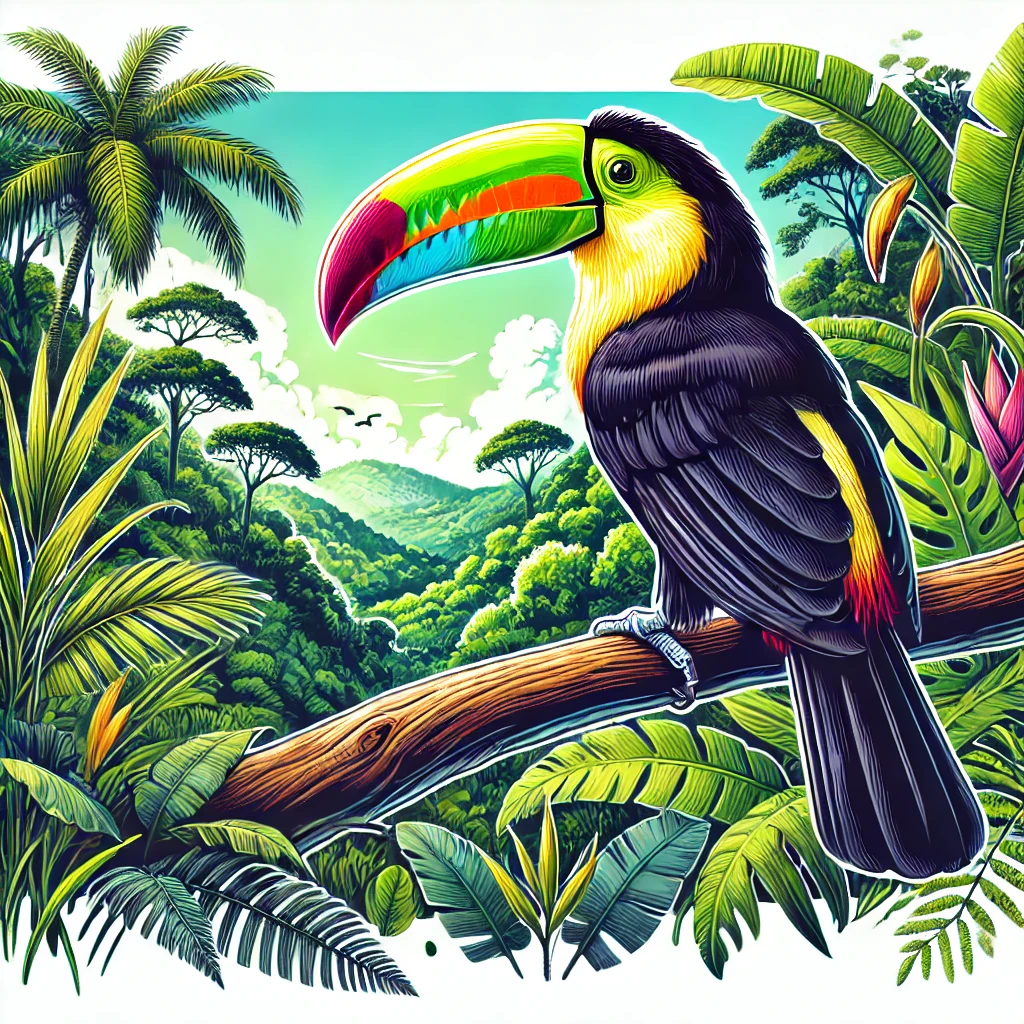
3. Jaguars
The jaguar is the apex predator of Costa Rica’s rainforests and one of the most iconic symbols of wild nature in the Americas. Known for their strength, stealth, and striking spotted coat, jaguars embody the untamed spirit of the country’s dense jungles. They are also a symbol of ancient Mesoamerican cultures, revered as powerful and mystical creatures.
Spotting a jaguar is a rare and thrilling experience, as these big cats are elusive and solitary by nature. Their presence is most felt in remote areas of Costa Rica, like Corcovado National Park, where they roam freely, preying on animals such as deer, peccaries, and even turtles. Protecting jaguar habitats is a priority for Costa Rican conservation efforts.
- Where to see them: The remote Corcovado National Park and Talamanca Mountains.
- Did you know? Jaguars are one of the few cats that enjoy swimming, often hunting in water-rich areas.
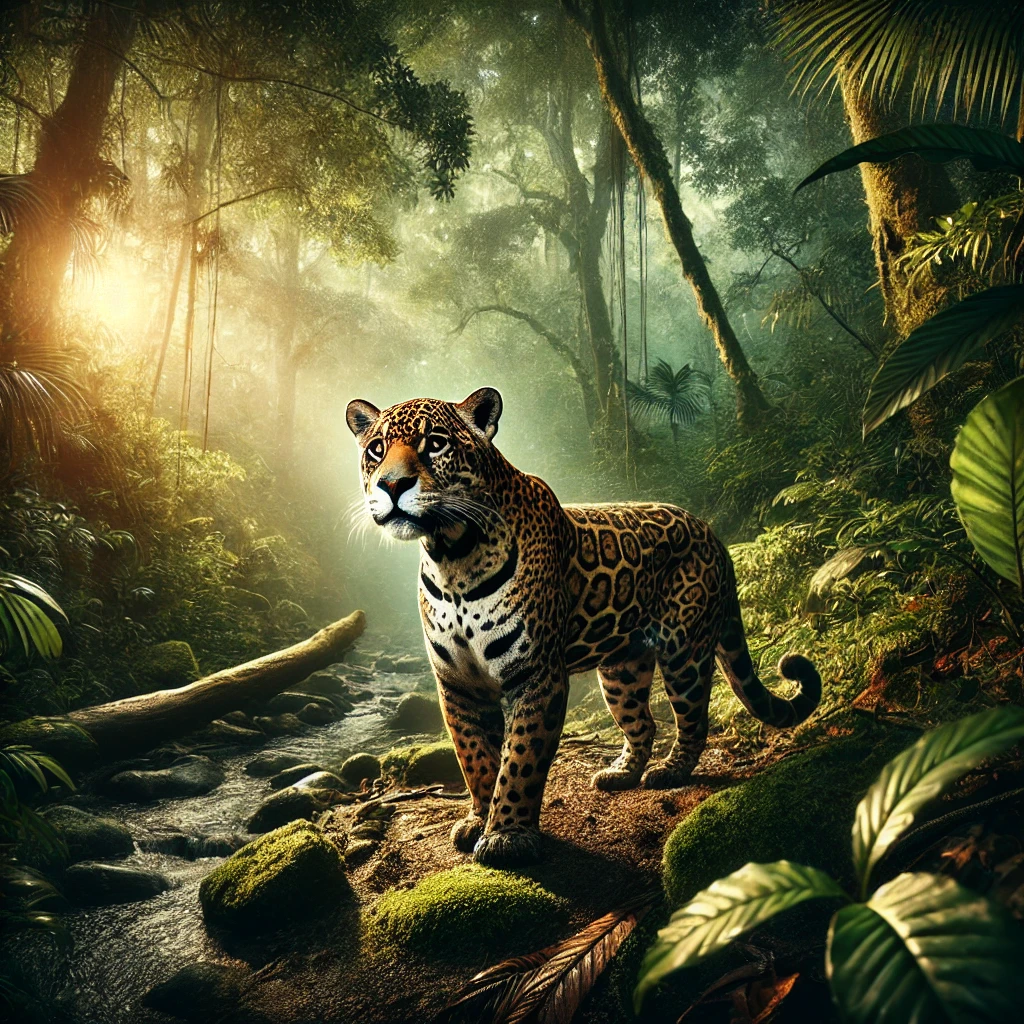
4. Monkeys
Costa Rica’s forests are alive with the chatter and antics of monkeys. The country is home to four main species: the mantled howler monkey, known for its deep, guttural calls that can be heard for miles; the spider monkey, famous for its agility and long limbs; the white-faced capuchin, often seen interacting with tourists; and the adorable squirrel monkey, found only in specific regions like the Osa Peninsula.
Monkeys are highly social animals, living in troops that navigate the treetops with ease. Watching them swing from branches, groom each other, or steal food (watch out for those capuchins!) is endlessly entertaining. They are also vital for the ecosystem, spreading seeds and maintaining the health of the forest.
- Where to see them: Almost every national park, including Manuel Antonio, Palo Verde, and Tamarindo.
- Pro tip: Keep your belongings secure, as monkeys are known for their curiosity and thieving skills!
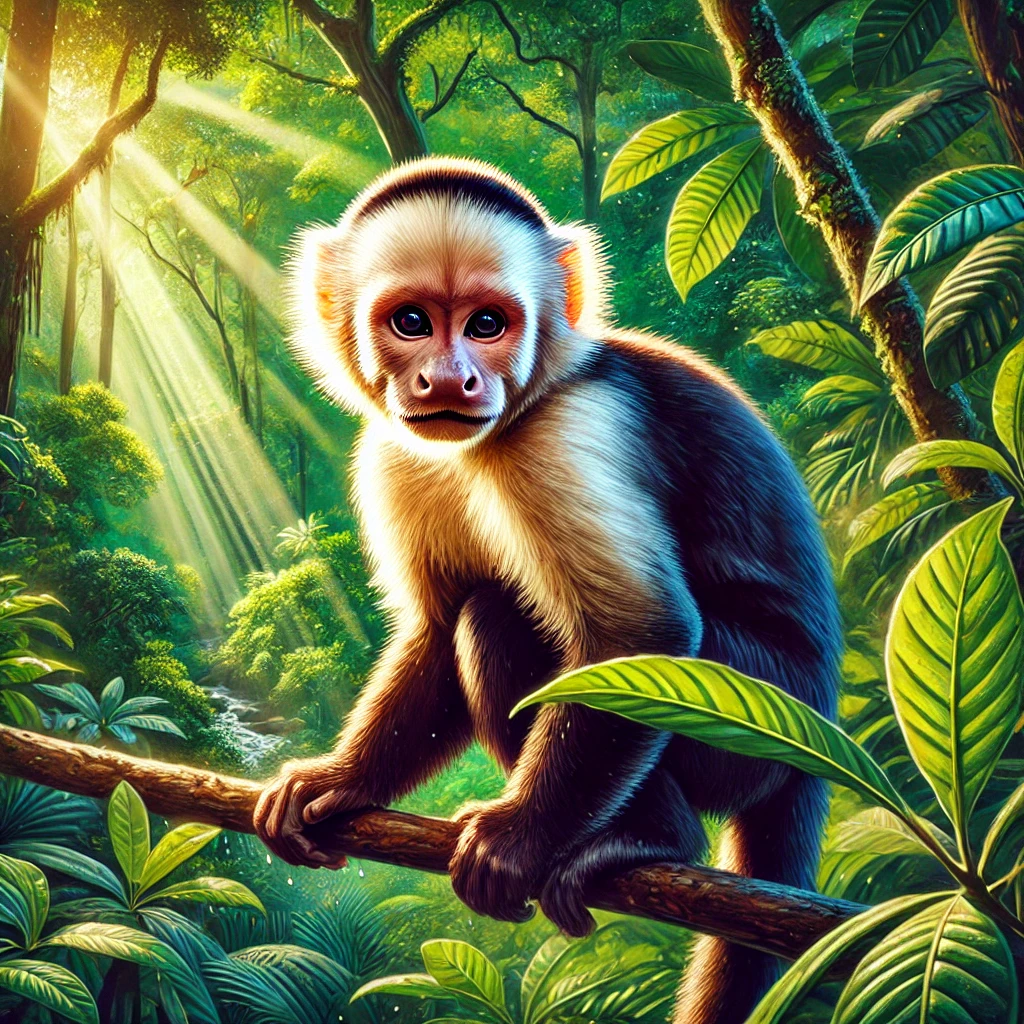
5. Sea Turtles
Sea turtles are among Costa Rica’s most majestic animals, offering visitors the chance to witness one of nature’s greatest spectacles: the nesting and hatching of turtles. Species like the leatherback, green, hawksbill, and olive ridley turtles come ashore each year to lay their eggs on Costa Rica’s beaches, particularly in protected areas like Tortuguero National Park.
During nesting season, you can watch female turtles laboriously dig nests and deposit their eggs, or if you’re lucky, see hundreds of hatchlings scramble to the ocean. These turtles are not just fascinating; they play a vital role in marine ecosystems by maintaining healthy seagrass beds and coral reefs.
- Best time to visit: July to October for leatherbacks and February to April for green turtles.
- Responsible tourism: Always follow guidelines to ensure you don’t disturb these incredible animals.
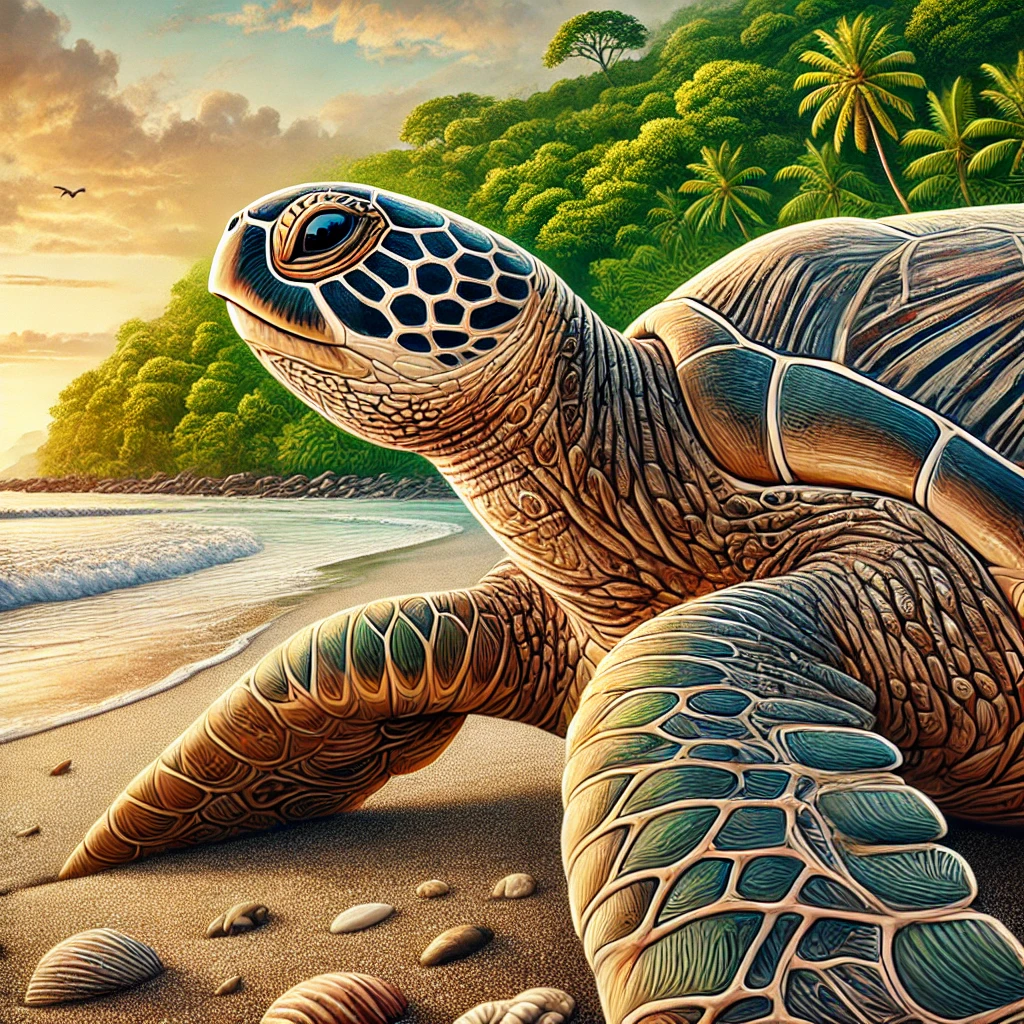
6. Poison Dart Frogs
Don’t let their small size fool you—poison dart frogs are some of Costa Rica’s most fascinating creatures. These brightly colored amphibians are a testament to the creativity of nature, with hues ranging from electric blue to fiery red. Their colors serve as a warning to predators of their potent toxicity.
While their name might sound intimidating, these frogs are harmless if left undisturbed. Indigenous peoples once used their toxins for hunting by coating blow darts, hence the name. Observing these tiny jewels in the wild is a delight, particularly for photographers and nature lovers.
- Where to see them: Sarapiquí Rainforest, La Fortuna, and Osa Peninsula.
- Photography tip: Use a macro lens to capture their intricate patterns up close.
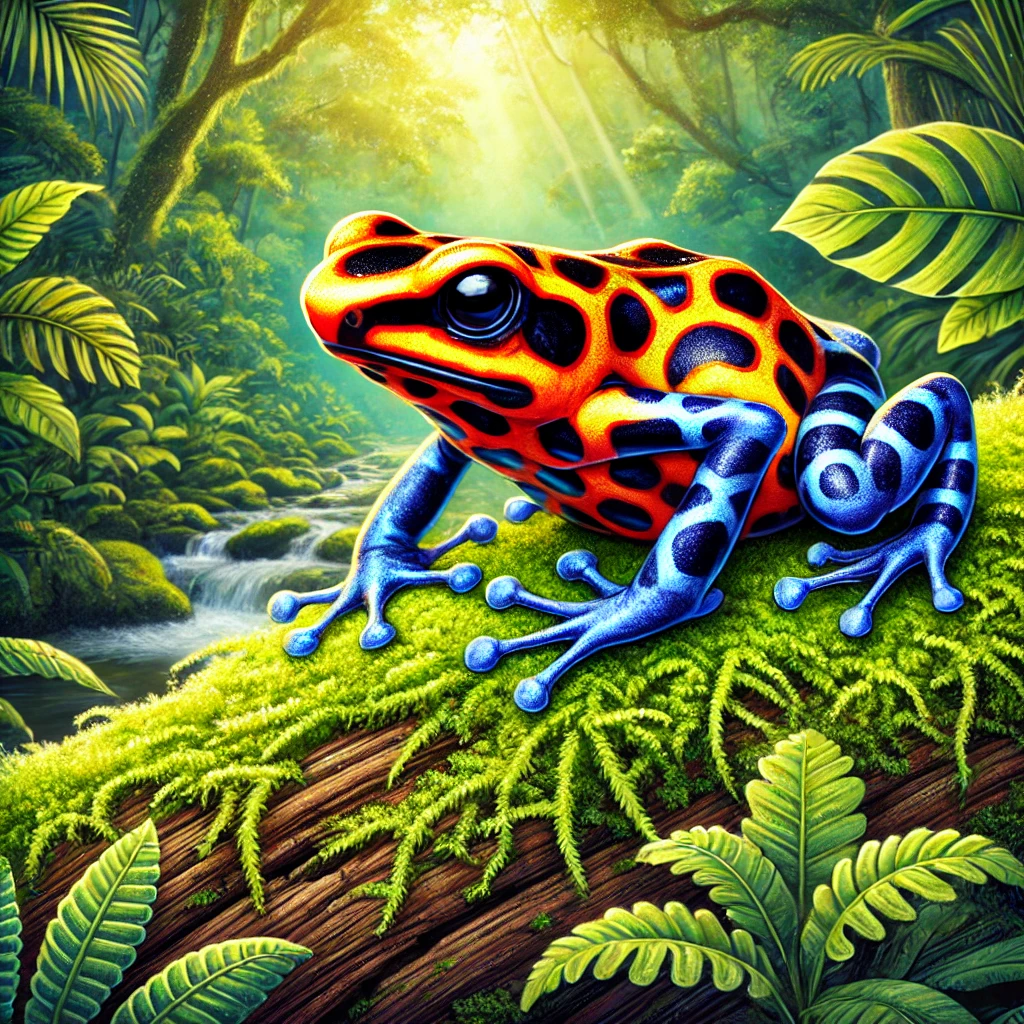
7. Crocodiles and Caimans
Costa Rica’s rivers and wetlands are home to two fearsome reptiles: the American crocodile and the spectacled caiman. These ancient creatures are both fascinating and intimidating, often seen basking on riverbanks or lurking just below the water’s surface.
The Tarcoles River, particularly around the Crocodile Bridge, is one of the best places to observe these giants in their natural habitat. Crocodiles play a crucial role in the ecosystem by controlling fish populations and scavenging. Their presence is a reminder of Costa Rica’s wild, untamed nature.
- Top spot: Stop at the Crocodile Bridge for an up-close view.
- Safety first: Always observe from a safe distance—these predators are best admired from afar.
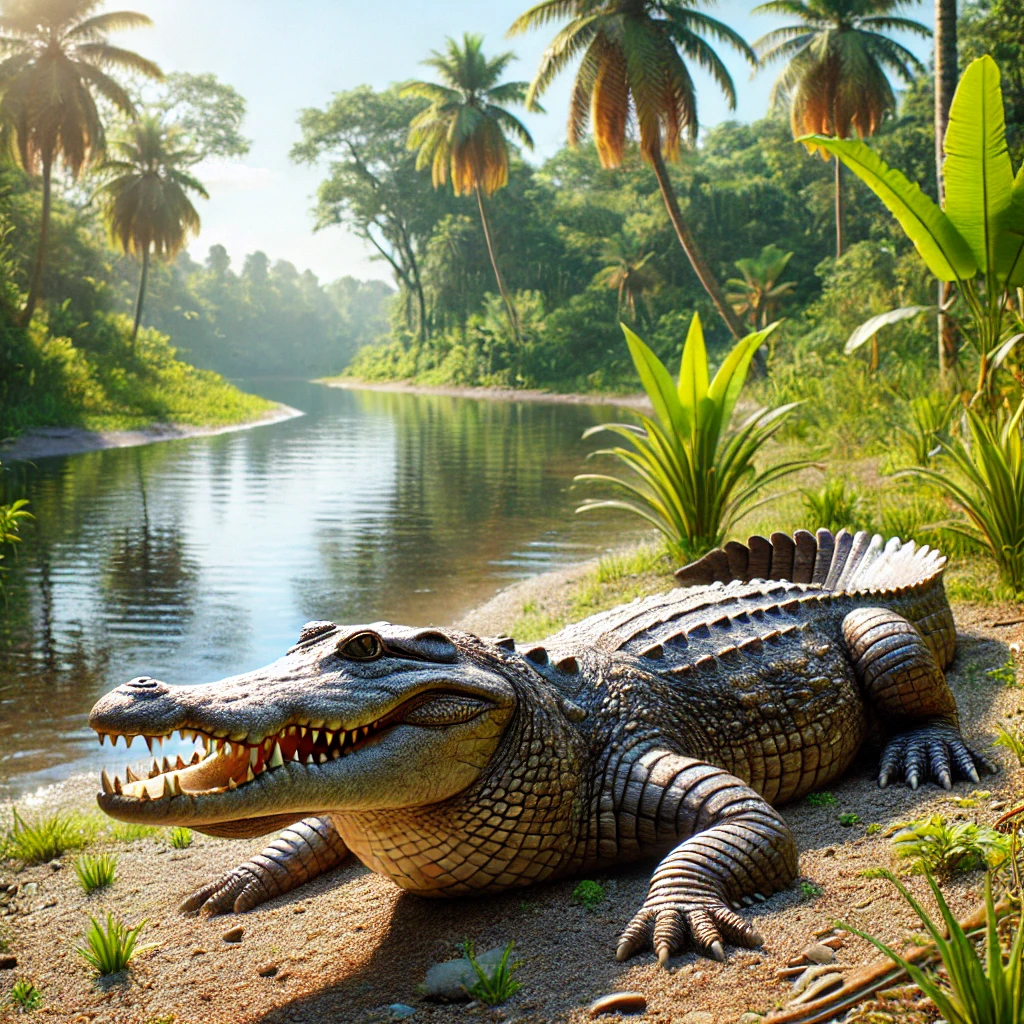
8. Resplendent Quetzal
The resplendent quetzal is a true treasure of Costa Rica’s cloud forests. Revered by ancient civilizations like the Maya and Aztec, this bird is known for its dazzling green and red plumage and its long, flowing tail feathers. Spotting a quetzal in the wild is a highlight for birdwatchers and nature enthusiasts alike.
Quetzals thrive in cooler, high-altitude regions and are often associated with the mythical idea of freedom, as they rarely survive in captivity. Their diet consists mainly of wild avocados, making them essential for seed dispersal in the cloud forest ecosystem.
- Best locations: Monteverde Cloud Forest and Los Quetzales National Park.
- When to visit: February to May during the breeding season, when males display their stunning tail feathers.
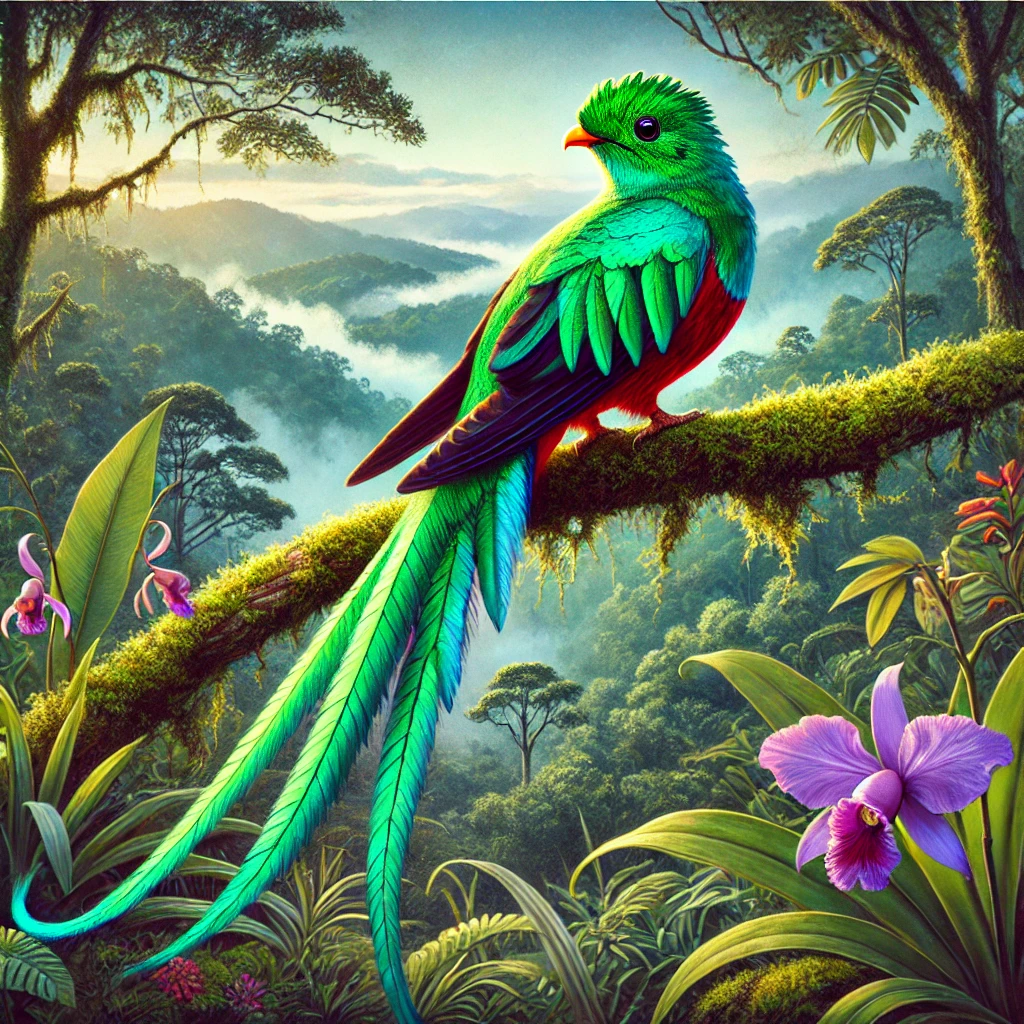
Costa Rica’s incredible diversity of wildlife ensures every visitor leaves with unforgettable memories. Whether you’re captivated by the slow charm of sloths, the majestic beauty of jaguars, or the vibrant colors of poison dart frogs, this paradise offers something for everyone. Book your trip today and immerse yourself in the natural wonders of Costa Rica!
